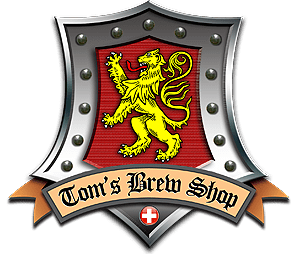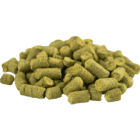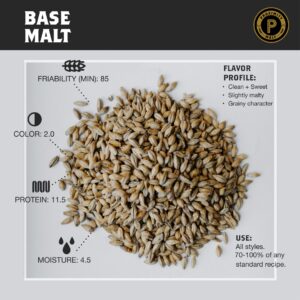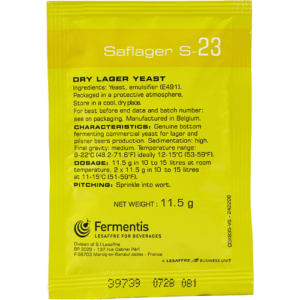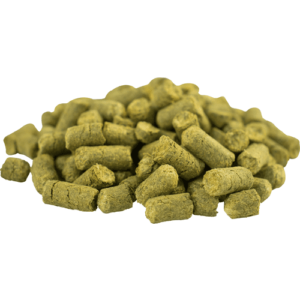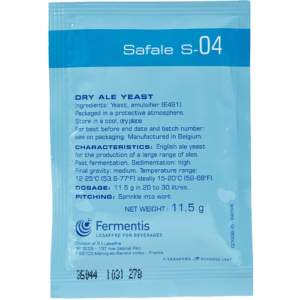Description
Challenger Hops
Breeding/Development
England. A signature variety of the English brewing tradition, Challenger is a granddaughter of Northern Brewer with some Northdown in its lineage as well. It was released in 1972 by Wye College. Although it has limited acres elsewhere, most of this hop’s production remains in the UK.
Brewing Application
Dual purpose. As a standalone hop or part of a blend, Challenger excels for boiler, hop back, and cask additions. Right at home in any English ale formulation, it has also found application in some west coast-style American IPAs.
Sensory
Mild to moderately intense spice with elements of evergreen and ripe fruit; adds a bright, grassy character as a dry hop. Blends well with earthy or floral varieties.
Summary
Challenger hops are a dual-purpose variety that are noted for its pleasant floral and citrus character. Challenger hops were bred and developed by the Wye College in the United Kingdom and was released in 1972. Challenger is the resulting cross of Northern Brewer and a German variety named Zattler. It went on to become one of the top hops grown in the UK into the 90’s, but its acreage has since waned.
Challenger hops are well-suited for classic British ales and lagers, but has also been considered a bittering hop for many styles.
Challenger Hops Substitutions: Northern Brewer, Perle, East Kent Goldings
Challenger Hops Profile:
Origin: United Kingdom
Pedigree: Northern Brewer and German Zattler
Aromas: Citrus, Floral, Spice
Alpha Acids* 6.5 – 9.5 %
Beta Acids 3.0 – 5.0 %
Cohumulone 20 – 30 % of alpha acids
Total Oil 1.0 – 2.0 ml/100g
Myrcene 30 – 42 % of total oil
Humulene 20 – 35 % of total oil
Caryophyllene 5 – 10 % of total oil
Farnesene 1.0 – 3.0 % of total oil
Tom’s Brew Shop Hop Handling Assurance
Tom’s Brew Shop purchases and repackages all hops in vacuum sealed, UV light and moisture barrier bags. We brew with the same hops we sell, so we care about the safe handling and implemented packaging procedures that are best for the shelf stability of the product.
